What Causes a Sump Pump to Fail?
Sump pumps are invaluable appliances for homeowners, especially in areas prone to flooding. They play a crucial role in preventing water damage by removing excess water from basements or crawl spaces. However, like any mechanical device, sump pumps can fail. In this Sump Pump Failure article, we will explore the common reasons behind sump pump failures and how you can prevent them from happening.
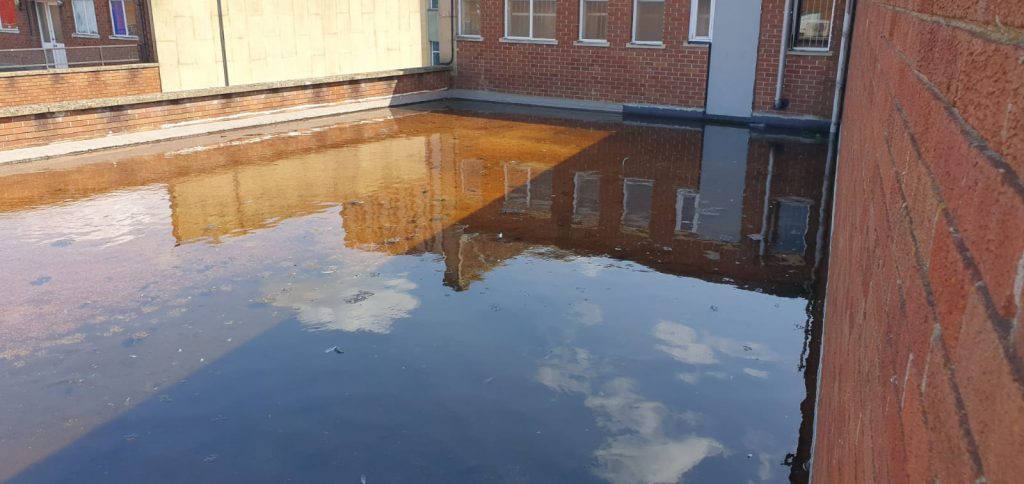
Lack of Sump Pump Maintenance
One of the primary reasons for sump pump failure is the lack of regular maintenance. Over time, debris, dirt, and small particles can accumulate in the sump pit, causing the pump to clog and lose efficiency. It’s essential to clean the sump pump and the pit at least once a year to ensure it operates smoothly.
Why Sump Pump Maintenance is Essential
Preventing Basement Flooding
A well-maintained sump pump can prevent flooding and water damage in your basement, protecting your home and belongings.
Extending the Life of Your Sump Pump
Regular maintenance checks and timely replacements of parts can significantly extend the lifespan of your sump pump, ensuring it works when you need it most.
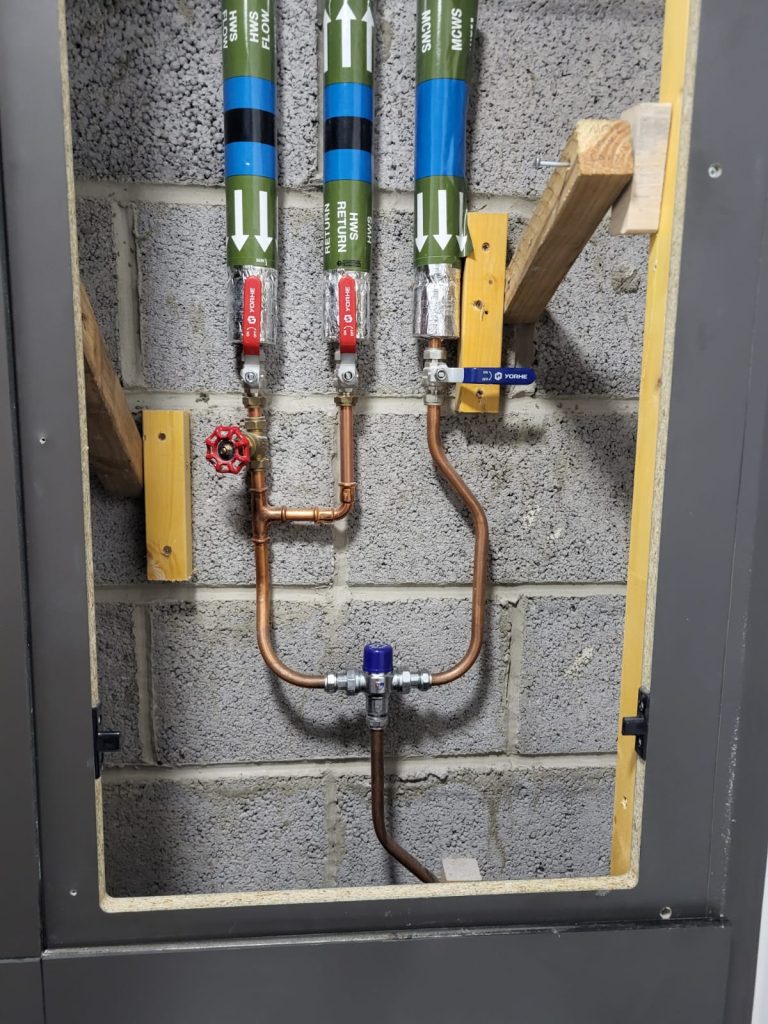
Read about the difference between PVC pipes and copper pipes.
Power Outages can cause Sump Pump Failure
Sump pumps rely on electricity to function. During power outages, if you don’t have a backup power source like a battery or a generator, your sump pump won’t work. This can be a significant problem during heavy storms when power outages are common.
Sump Pump Float Switch Problems

The float switch is responsible for turning the sump pump on and off as the water level rises and falls. If the float switch malfunctions or gets stuck, your sump pump may not activate when it should, leading to flooding issues.
Clogged Sump Pump Discharge Pipe
The discharge pipe carries water from the sump pump to the outside. If this pipe becomes clogged with debris or frozen during the winter, the pump’s efficiency decreases, and it may eventually fail.
Sump Pump Size Mismatch
Choosing the wrong-sized sump pump for your needs can lead to premature failure. If your pump is too small for the amount of water it needs to handle, it will have to work harder, leading to wear and tear.
Stuck Impeller Can Cause Sump Pump Failure

The impeller is the part of the sump pump responsible for moving water. If it becomes jammed or damaged, the pump won’t be able to function correctly.
Old Sump Pump Age
Sump pumps, like any mechanical device, have a finite lifespan. As they age, their parts can wear out or become less efficient. Regularly inspect your sump pump, and if it’s nearing the end of its life, consider replacing it to prevent unexpected failures.
How to Inspect Your Sump Pump for Age-Related Issues
Visual Inspection Tips
- Check for rust or corrosion.
- Look for debris in the sump pit.
- Examine the power cord for wear and tear.
Testing the Sump Pump Functionality
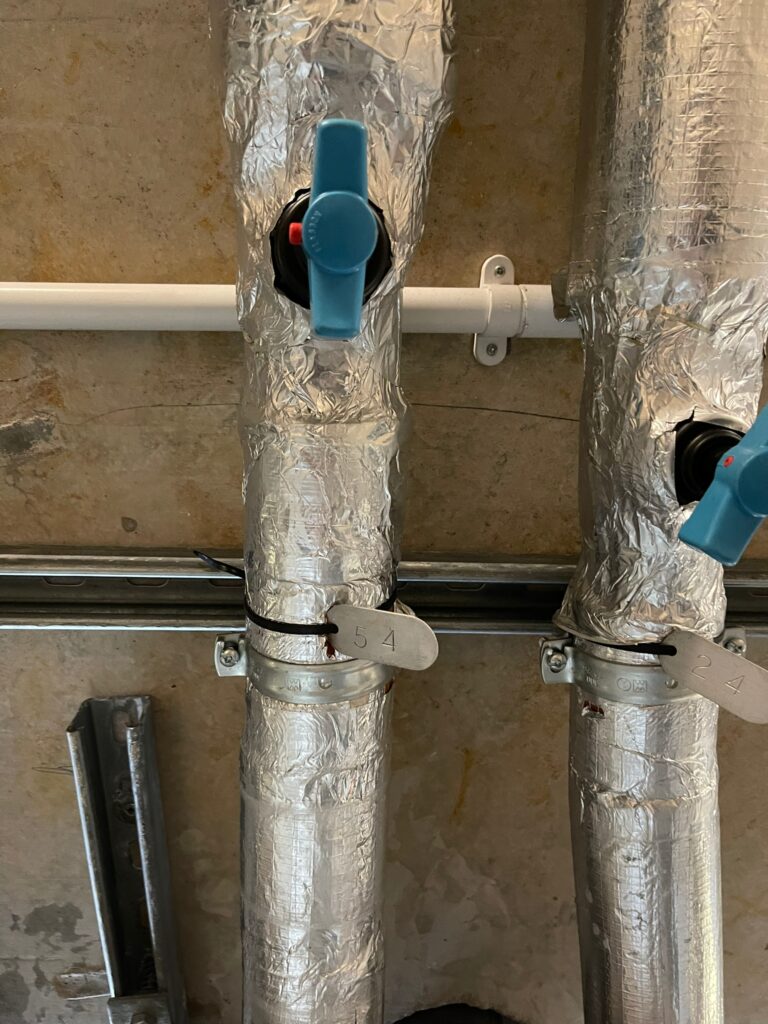
Pour water into the sump pit to see if the pump activates and efficiently removes the water. If it struggles or fails to operate, it may be time for a replacement.
Steps to Replace an Old Sump Pump
Tools and Materials Needed
- New sump pump
- Screwdriver
- Pipe wrench
- PVC pipes and fittings
- Teflon tape
Step-by-Step Guide to Sump Pump Replacement
- Turn off Power and Water: Ensure safety by disconnecting power to the pump and shutting off any water flow.
- Remove the Old Pump: Disconnect the discharge pipe and lift the old pump out of the pit.
- Prepare the New Pump: Attach the necessary fittings and ensure all connections are tight.
- Install the New Pump: Place the new pump in the sump pit and reconnect the discharge pipe.
- Test the New Pump: Restore power and test the pump by pouring water into the pit.
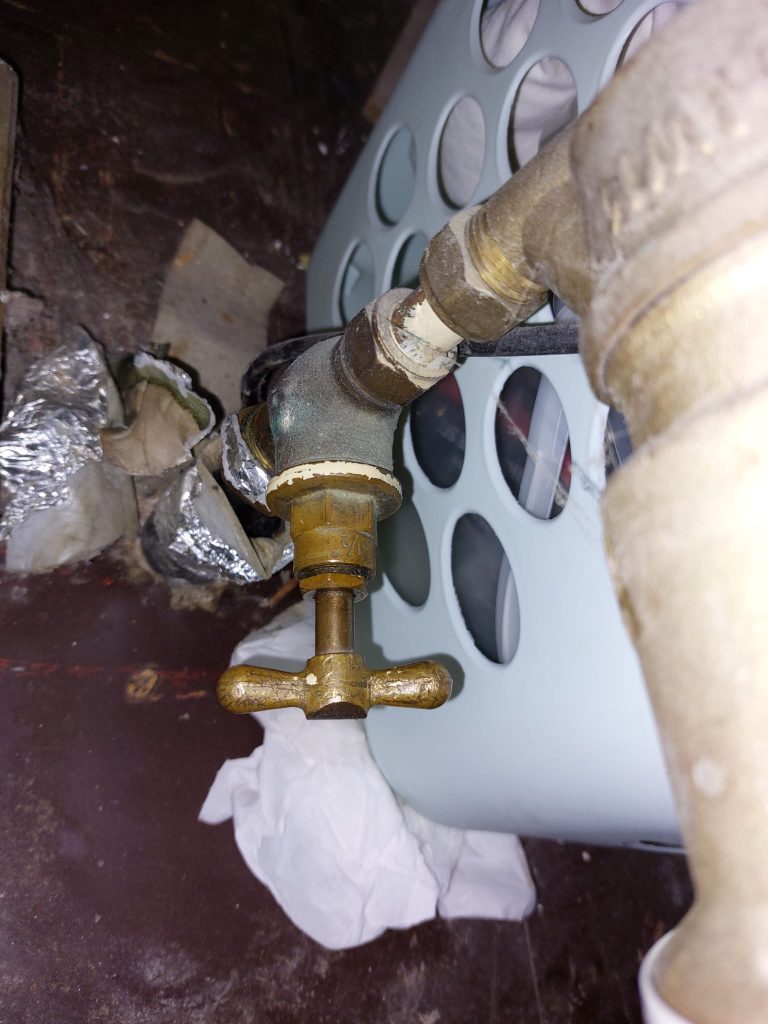
Maintaining Your New Sump Pump
Regular Maintenance Tips
- Check the pump every 3-4 months.
- Clean the sump pit annually.
- Test the pump periodically to ensure it’s functioning correctly.
How Often to Check Your Sump Pump
It’s advisable to check your sump pump at least once every three months, particularly before the rainy season or after a long period of inactivity.
Signs Your Sump Pump is Failing Due to Age
Common Signs of a Failing Sump Pump
- Loud noises during operation
- Frequent cycling on and off
- Rust and visible wear
- Irregular water removal
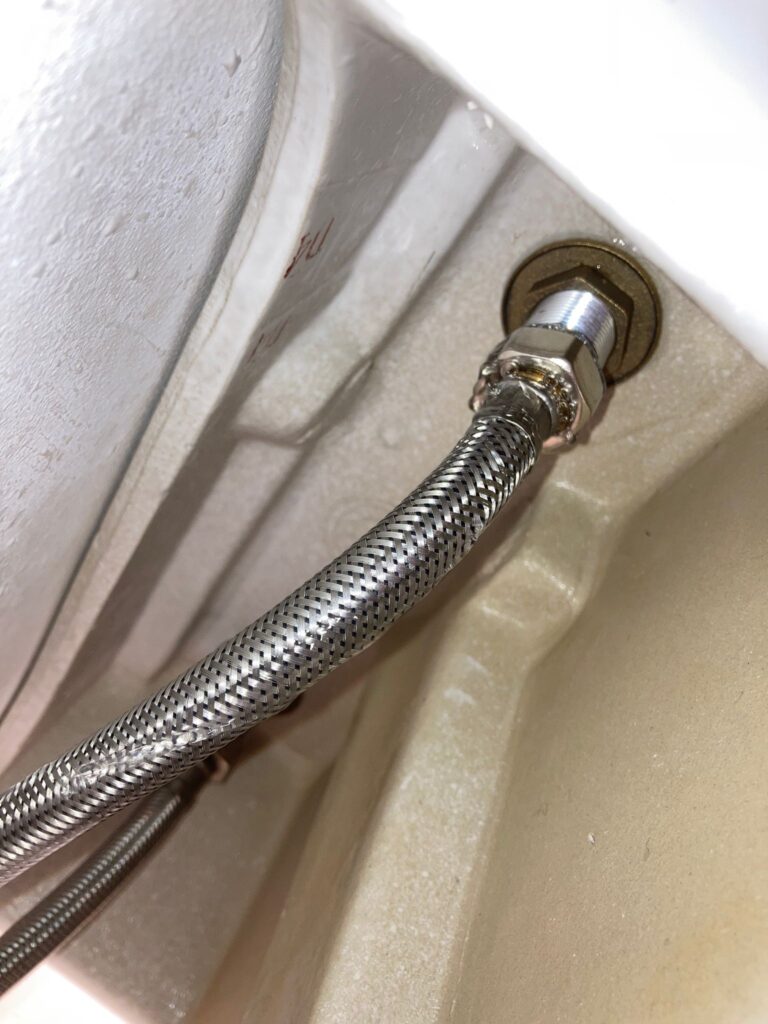
How Old Age Affects Sump Pump Performance
As sump pumps age, their components wear out, leading to reduced efficiency and increased risk of failure. Regular inspections can help identify age-related issues before they become serious problems.
Improper Sump Pump Installation
Incorrect installation can lead to various issues with sump pumps. If the pump isn’t set up correctly or if the discharge pipe isn’t positioned correctly, it can impact its performance and lead to failure.
Frozen Sump Pump Discharge Pipe
In colder climates, sump pump discharge pipes can freeze during the winter months. This prevents water from being expelled properly and can damage the pump.
Overwhelmed Sump Pump
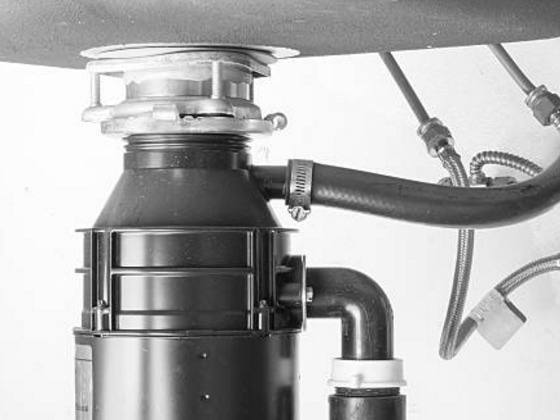
During heavy rainfall or rapid snowmelt, the sump pump may struggle to keep up with the incoming water. An overwhelmed pump can burn out quickly.
Tripped Circuit Breaker Can Cause Sump Pump Failure
If the sump pump is connected to a circuit that frequently trips, it can disrupt its operation and lead to failures.
Sump pump Switch Problems
Issues with the pump’s switches, including the float switch and pressure switch, can prevent it from turning on when needed.
Inadequate Sump Pump Testing
Some homeowners neglect to test their sump pumps regularly. Testing your sump pump periodically ensures that it’s working correctly and allows you to identify any issues before they become critical.
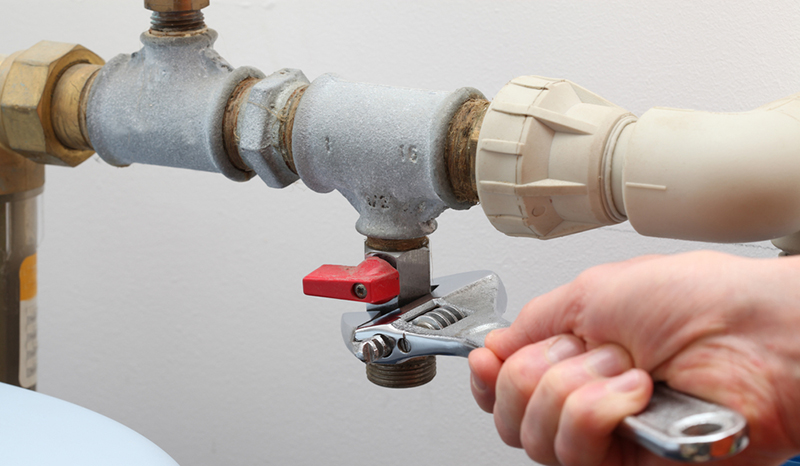
Sump Pump Failure due to Corrosion
Corrosion can affect the pump’s components, leading to decreased efficiency and eventual failure.
Defective Sump Pump Check Valve
The check valve prevents water from flowing back into the sump pit after the pump has turned off. If it’s defective, water can re-enter the pit, causing the pump to cycle unnecessarily and wear out faster.
Sump Pump Failure
A sump pump failure can result in costly water damage and headaches for homeowners. To prevent such failures, regular maintenance, proper installation, and addressing any issues promptly are essential. Being prepared with backup power sources during outages and choosing the right-sized pump can also help ensure your sump pump operates smoothly and protects your home.
FAQs about Sump Pump Failure
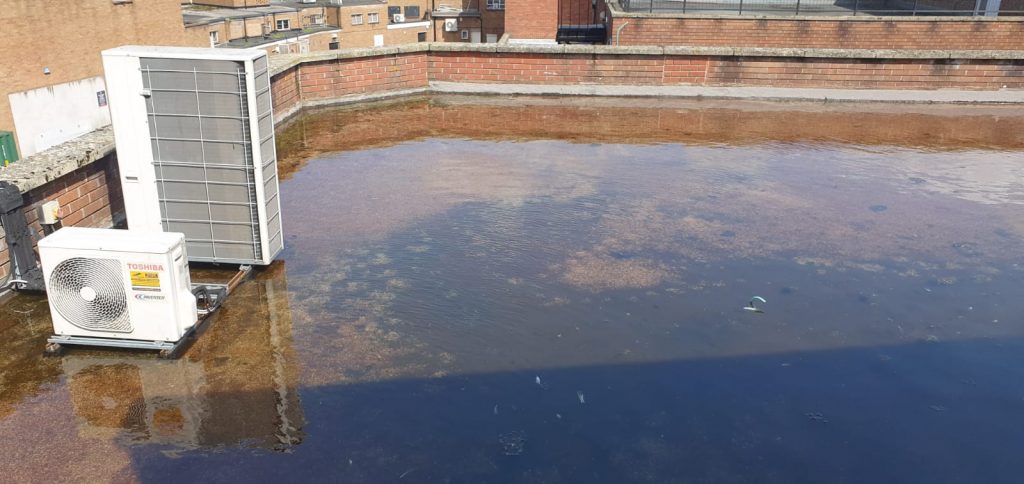
- How often should I test my sump pump? It’s recommended to test your sump pump at least once every three months to ensure it’s working correctly.
- Can a sump pump be installed by a homeowner, or do I need a professional? While some homeowners can install sump pumps themselves, it’s often best to have a professional plumber Bristol do the installation to ensure it’s done correctly.
- What’s the average lifespan of a sump pump? The average lifespan of a sump pump is around 10 years, but this can vary depending on usage and maintenance.
- Is a battery backup system necessary for my sump pump? A battery backup system is highly recommended, especially if you live in an area with frequent power outages. It ensures your sump pump can operate even when the electricity is down.
- How can I prevent my sump pump discharge pipe from freezing? To prevent freezing, insulate the discharge pipe and ensure it’s pitched away from your home to allow proper drainage.
- Can I replace a sump pump myself? Yes, with the right tools and instructions, you can replace a sump pump yourself. However, if you’re unsure, it’s always best to consult a professional.
Understanding the potential causes of sump pump failure and taking proactive measures to address them is key to maintaining a dry and protected home.
